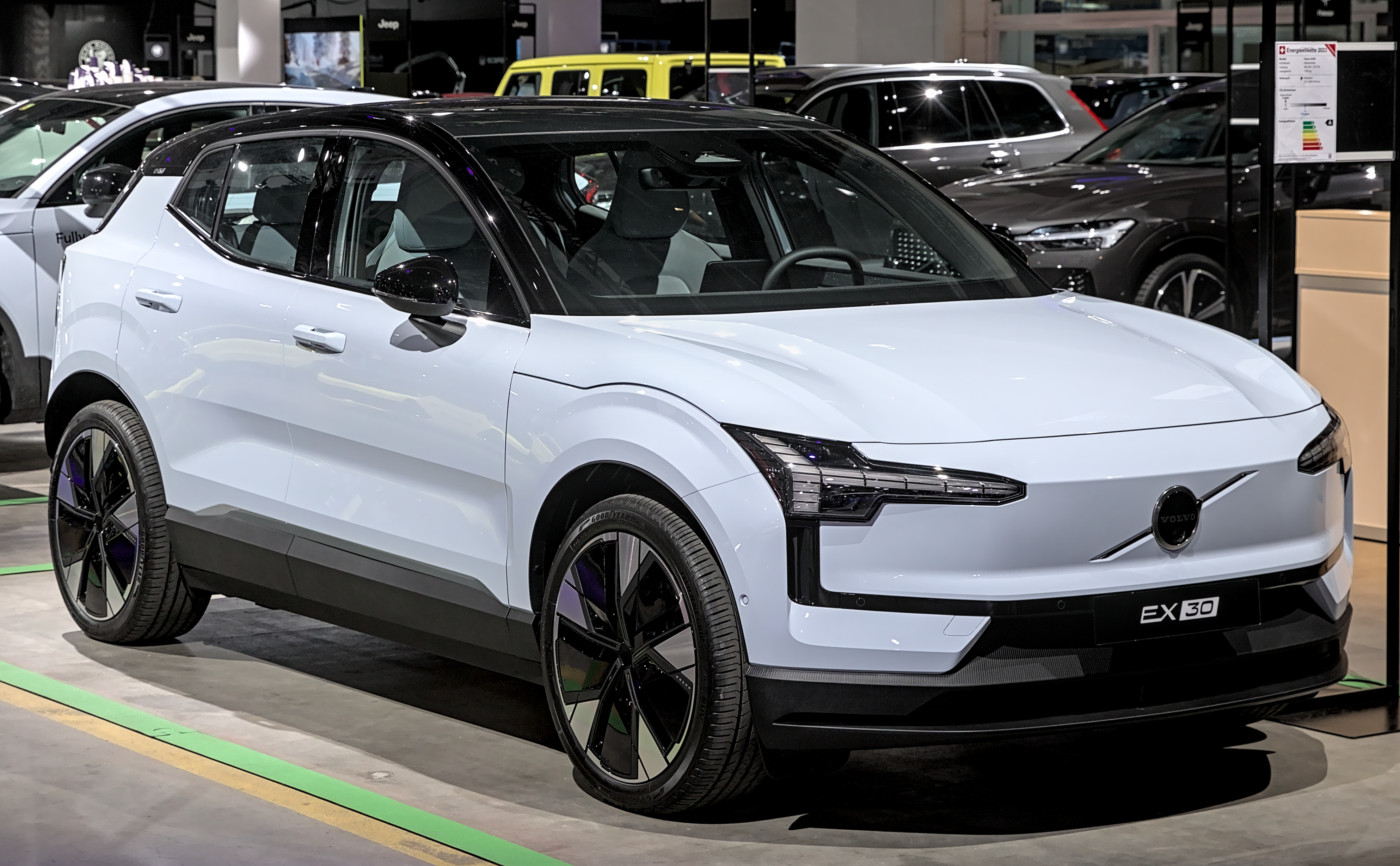The story of Korean car design is a fascinating journey of evolution, adaptability, and change, often overshadowed by the titans of Japan, America, and Germany. The Korean auto industry has quietly ascended to global prominence while simultaneously redefining the concept of designing greatness. Its journey from assembling imported parts to becoming a global leader in the auto industry is not just a tale of financial success, but also a showcase for a remarkable design philosophy that has propelled the nation to the forefront of the automotive industry, making it a true powerhouse.
Humble Starting points and Government Support
In the bustling production lines of the Hyundai Motor Company plant in Ulsan, South Korea, a philosophy of relentless improvement and innovation comes to life. South Korea’s entry into the automotive field began humbly in 1955 with the creation of the Sibal, a vehicle that symbolized ‘a new beginning.’ This modest start set the stage for a legendary journey of growth and development, supported by a government-backed ‘Automobile Industry Promotion Policy’ initiated in 1962. The policy’s protectionist measures and support of domestic efforts catalyzed the birth of an industry that would eventually rival the world’s oldest and most established automotive powers, showcasing Korea’s potential.
Development of Domestic Production
By the 1980s, South Korea had demonstrated its capabilities in design, performance, and technology by producing numerous in-house models. This period marked the industry’s transformation, shifting from an assembler of imported parts to a manufacturer of innovative vehicles. The Hyundai Pony, South Korea’s first domestically developed car, epitomized this change. Production involved a global collaboration by Italdesign and parts and technology from various international partners, highlighting the country’s ability to integrate diverse technologies into a cohesive and successful product, setting a new standard.

Designing Ways of thinking: Proficiency, Quality, and Versatility
The Korean auto way of thinking is well established in the standards of proficiency, quality, and fast variation to showcase needs. This approach is clear in the systems utilized by driving producers like Hyundai, Kia, and GM Korea. These organizations have zeroed in on growing their homegrown tasks as well as wandering forcefully into worldwide business sectors. The difficulties of the late twentieth 100 century, including expanded rivalry and natural worries, prodded Korean automakers to take on more forceful estimating, work on quality, and differentiate their item ranges to meet a wide range of customer inclinations.
The New Thousand years: Spotlight on Quality and Advancement
The new millennium brought with it a renewed focus on quality and innovation. Hyundai’s introduction of a ten-year or 100,000-mile warranty in the US exemplified this shift, helping to rebuild the brand’s reputation and signaling Korean automakers’ commitment to long-term reliability and customer satisfaction. Additionally, the industry’s venture into electric vehicle production and the challenges of securing battery materials underscore the ongoing efforts to stay at the cutting edge of automotive technology and sustainability, ensuring a bright future.
Worldwide Authority and Future Possibilities
Today, the Korean automotive industry stands as the fifth-largest in the world by car unit production and the sixth-largest by export volume. Its journey from assembling jeeps from military surplus to competing on the global stage with innovative electric vehicles is an extraordinary story of perseverance, strategic planning, and the relentless pursuit of excellence. Major South Korean auto manufacturers continue to push the boundaries, ensuring that the Korean design philosophy, with its focus on innovation, quality, and adaptability, remains a driving force in the automotive world, inspiring future generations.
The Effect of Advancement on Worldwide Business sectors
The effect of Korean development on worldwide business sectors couldn’t possibly be more significant. From the presentation of state-of-the art innovation in electric vehicles to the execution of cutting edge security highlights, Korean automakers have reliably set new norms. The Hyundai Ioniq 5 and Kia EV6 are perfect representations of how Korean producers are driving the charge in the EV unrest, offering great reach, quick charging capacities, and cutting edge plans that entice a worldwide crowd.

The rise of the Korean auto industry to global prominence is a compelling example of how a clear vision, government support, and a steadfast commitment to innovation can transform a nascent industry into a global powerhouse. The story of Korean automotive design is not just about cars; it’s about a nation’s journey towards technological independence and economic growth. As the industry continues to evolve, it will undoubtedly remain at the forefront of automotive technology, continuing to inspire and lead in the years to come, setting new benchmarks.
The journey of the Korean car industry from humble beginnings to global leadership serves as an example of the power of a clear goal, ongoing progress, and a commitment to excellence. People will be inspired by South Korea’s legacy of adaptability and creativity in the future as it continues to push the boundaries of what is possible in the auto industry. The nation’s success in the automobile industry is not only a triumph of design but also a powerful symbol of its ability to overcome obstacles and achieve prominence on a global scale, making it a beacon of innovation.





